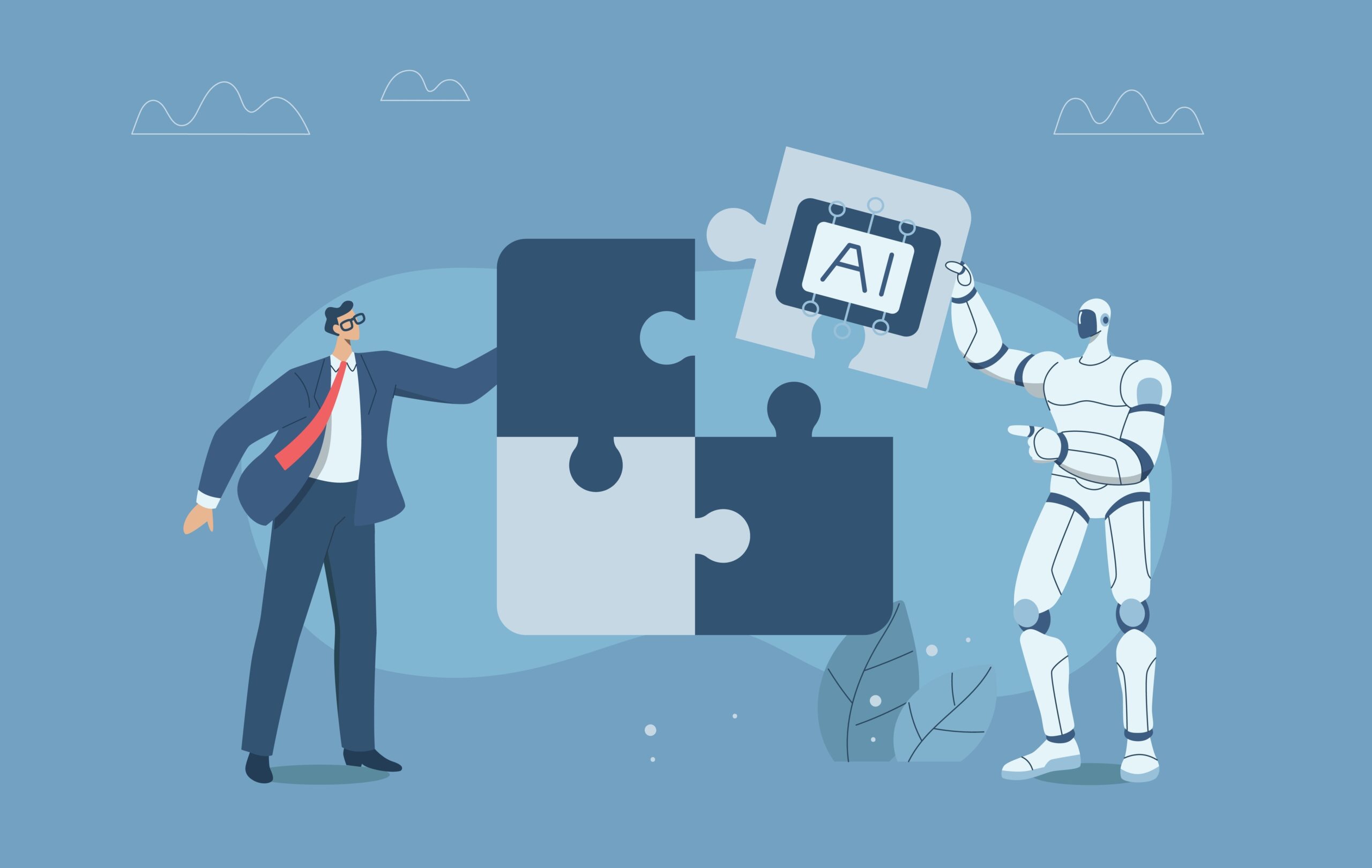
The AI Tools Boosting Production Efficiency and Learner Engagement at Redwood
The AI Learning Revolution is in High Gear – Buckle Up!
In this blog, I’d like to share the impact of the AI tools boosting production efficiency and learner engagement at Redwood. Plus, I want to tell you exactly how the AI revolution is shaping the future of learning and development. But here’s the thing: I can’t. In fact, nobody can. This technology is evolving so rapidly, and the implications are so sweeping that any such prognostications are little better than educated guesses.
That said, I can offer my observations as head of a long-term L&D production team committed to staying at the forefront of technology. These observations reflect what I believe is the current reality and future implications for learning managers and developers.
Will AI Help or Hinder the Learning & Development Industry?
As numerous recent blogs, webinars, and videos attest, there is significant concern about AI’s impact on L&D producers. However, from where I sit, I see these changes as a positive shift, as technology automates what were once time-consuming and labour-intensive tasks, freeing up our time for more strategic and creative work.
In my previous blog, I discussed this question with Vikas Gupta, CEO of Avara Media. Vikas views AI as an exciting opportunity that leverages the experience and insight of his creative team with all that AI brings to the table.
Looking Beyond the Fears to the Possibilities of AI in Human Learning
In a recent appearance at the Commonwealth Club World Affairs of California, Khan Academy founder, Sal Khan, a prominent figure in the education industry, also shared his belief in how AI will revolutionize education. He emphasized the importance of not being deterred by fears of the unknown: “Technology in human history is an amplification of human intent. Let’s put some real positive intent behind it, and I think there are really exciting areas.”
These views are very aligned with the Redwood team’s experience. For over twenty years, we have encouraged our team to explore and embrace enhancements in learning and technology. This mindset has not only resulted in the widespread adoption of several AI tools boosting production efficiency and learner engagement but also in the creation and delivery of better learning experiences. The result is learning that comes alive in ways that previously were not possible.
Choosing the Right Tools for the Job
For learning producers and managers, there is one key question to answer. When looking at a particular learning objective, what parts of the production process can be achieved more efficiently and cost-effectively through AI tools, and what parts require the experience, knowledge, and critical thinking of a living, breathing L&D professional?
This approach has led to AI streamlining our production workflow in several ways. For example, we recently completed an extensive multi-module internal course for a national bank. The subject matter required extensive interviews and video recordings of bank personnel and subject matter experts. Before AI, transcribing interviews would take hundreds of hours.
Now, recorded interviews are sent right from the video editing app to the cloud, where they are transcribed and downloaded in seconds. Likewise, creating and animating avatars used to be costly and time-consuming. AI now makes it possible to create sophisticated avatars that interact and relate to learners based on their learning needs and progress. I could cite similar efficiencies in virtually every aspect of production.
Reducing Menial Tasks Frees Up Time to Focus on the Learning Experience
I remember 20 years ago when eLearning authoring tools were first made available. Suddenly, anyone could create learning courses. But did that make learning any better or more relevant to the learners? As anyone who lived through that transition knows, better tools do not necessarily translate into better, more engaging learning experiences.
In other words, production innovations are meaningless if they’re not backed by professional experience and expertise. Technology can’t make up for inferior learning experiences. It just allows you to produce bad learning more efficiently. On the other hand, authoring tools in the hands of capable L&D professionals invariably leads to more cost-effective and engaging learning.
Exceptional Learning Design: The Heart of Amazing Learning Adventures
In some ways, the rapid growth of AI has created a similar issue—and similar opportunity. Production efficiencies delivered through AI allow L&D producers to focus their resources on the human part of the learning equation.
A seasoned learning professional can accurately assess an organization’s needs, interact extensively with learners to understand objectives, identify skill gaps, and apply that knowledge to design superior learning tools. This is what I call the human element and I don’t see AI replacing it anytime soon.
If you are currently pro-active in embracing AI tools to level up your L&D, I believe you are positioning yourself for future success! But if you are sitting on the sidelines or only beginning to explore this game-changing technology, I encourage you to jump in with both feet. And if you require strategic advice, don’t hesitate to contact the Redwood team. We would be happy to share our experience in getting the most out of this powerful and rapidly evolving technology.
AI tools, backed by L&D expertise and experience, will free you from time-consuming tasks, hone your competitive edge, and, most importantly, help you deliver more engaging and impactful learning experiences.
If that’s not the definition of a win-win, I don’t know what is!

